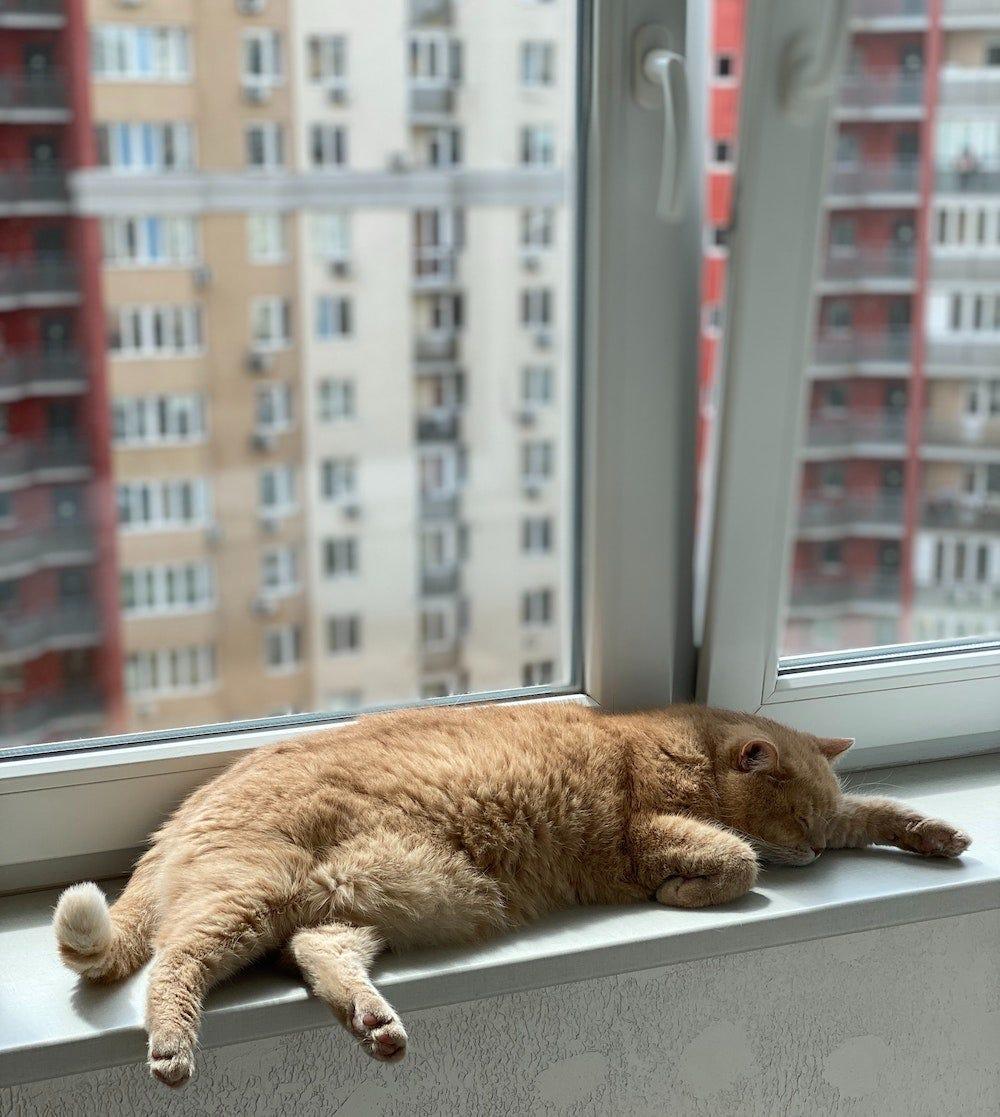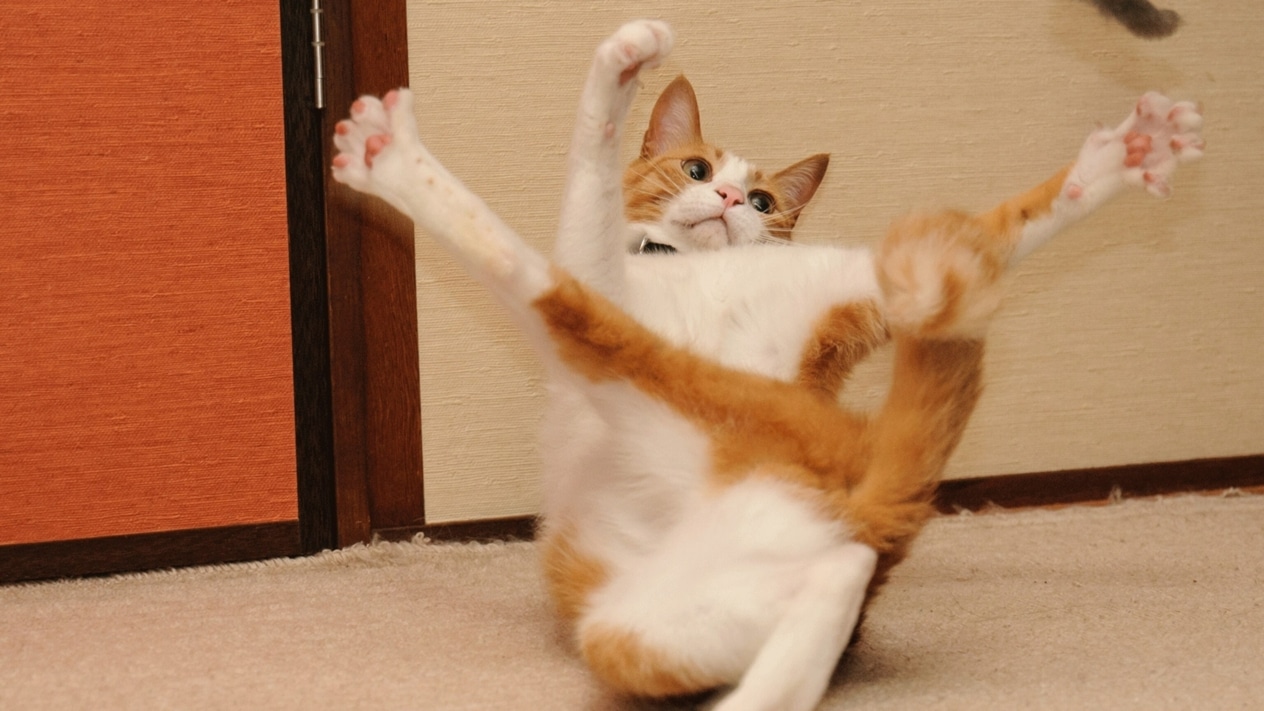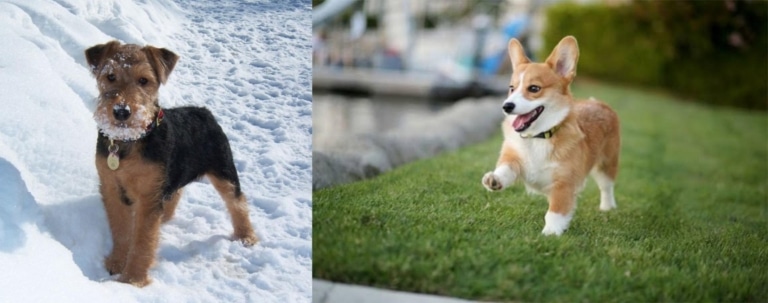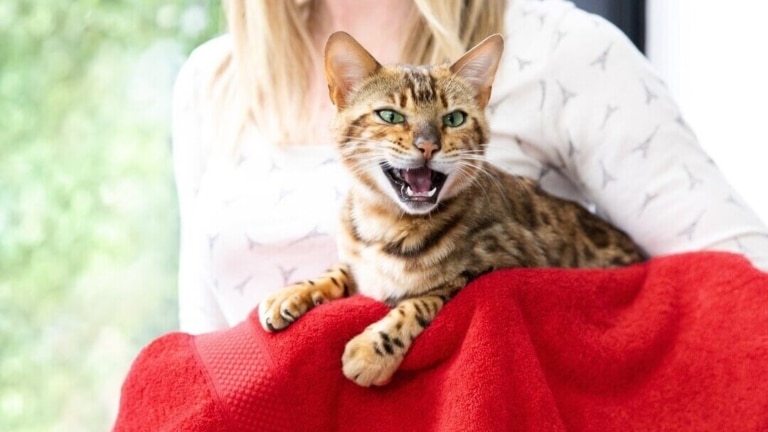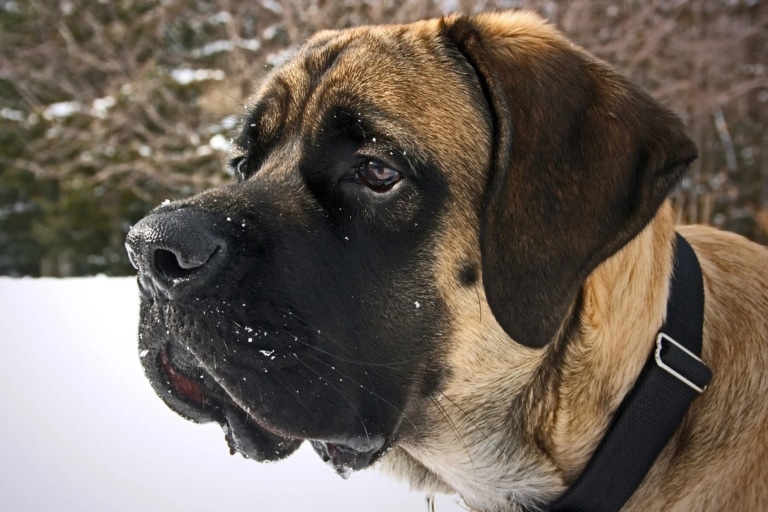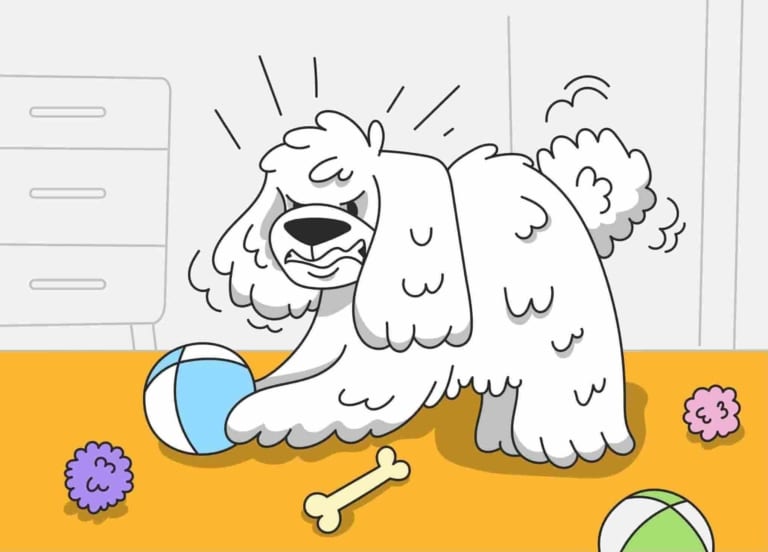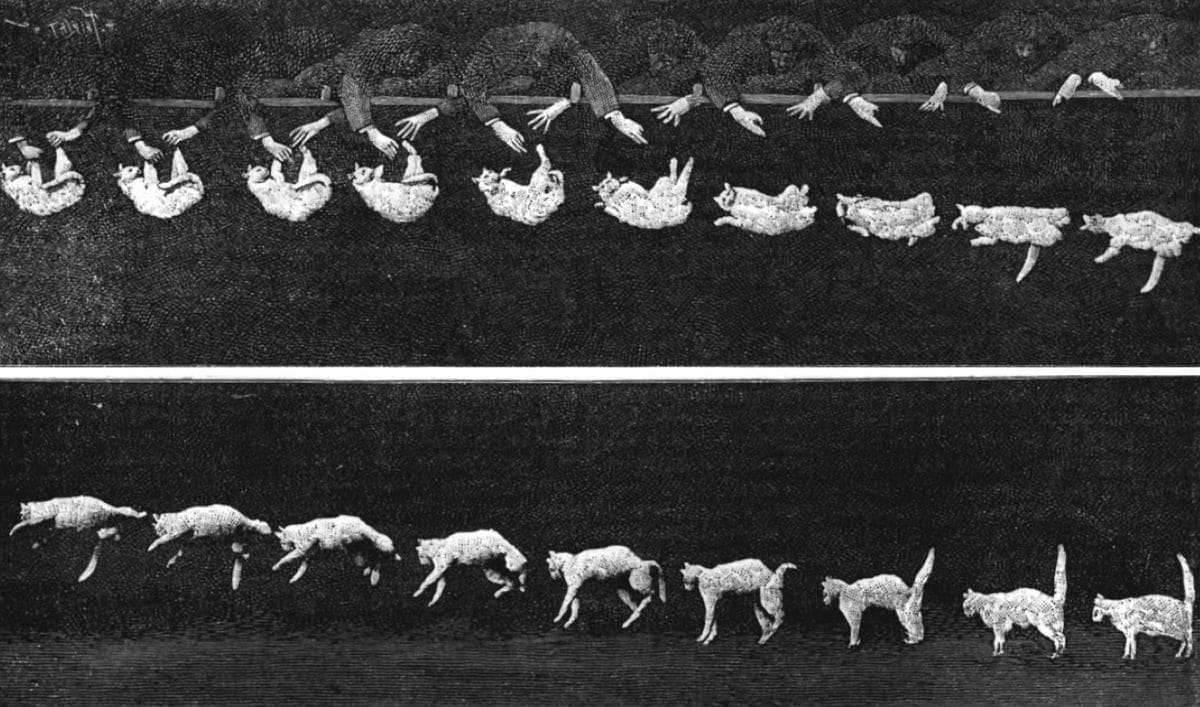
When we hear about cats, one of their most famous superpowers immediately comes to mind: the ability to fall on their feet. They jump off a cupboard, a railing, a table – and land on their feet like little acrobats every time. It looks fantastic. But do cats really always land on their feet? And how do they manage it? Let’s take a peek into the wonderful world of physics and nature together!
The mystery of the rollover reflex. Why does a cat fall on its feet?
Cats have a unique ability known as the rollover reflex. From as early as three weeks of age, young kittens begin to learn to control their bodies in the air. By six to seven weeks of age, this reflex is so well developed that even young cats are able to roll over in flight to fall paws down.
How does this work? It’s all very interesting! Once the fall begins, the cat is lightning-fast in determining where the top is and where the bottom is. Thanks to its extremely flexible spine, it twists the front of its body to one side and the back to the other, like a real live gymnast. The cat’s front legs are pressed against his chest for better rotation, while his back legs are spread apart for stabilization. The cat then aligns its body and spreads its legs in preparation for a soft landing.
The physics of cat flight
Scientists have long admired this ability. Back in the XIX century, the French scientist Etienne-Jules Marais with the help of a special camera recorded the fall of a cat and proved that the animal flips in the air without repulsion from any surface. This looked really impressive and caused a lot of discussion among physicists at that time!
During the fall, the cat changes the arrangement of its body parts and distributes its weight in such a way that it retains its rotational momentum – that is, it can change its position in space without assistance. This is similar to how astronauts in weightlessness can rotate by changing the position of their arms and legs.
Does it always work?
Although cats have a wonderful rollover reflex, there are conditions where it may not work and the kitty may actually get injured. For example:
If the height is too low, the cat may simply not have time to roll over.
If the height is too high, even a successful landing does not always save from damage due to the high speed of the fall.
If the cat has health or age problems (e.g. weak muscles or injuries), the reflex may also be impaired.
The most optimal height for triggering the reflex is considered to be about 90-120 centimeters: this is enough for the cat to orient itself and fall safely.
Why are cats almost never injured?
Besides the rollover reflex, cats have a few other secrets:
They have a very flexible spine and strong muscles.
Their bones are lighter and firmer than human bones, which allows them to absorb the impact better.
Cats spread their legs wide when falling, making themselves a sort of “living parachute”, which slows down the fall a little.
Just before landing, cats tense their paws and bend them slightly as small shock absorbers.
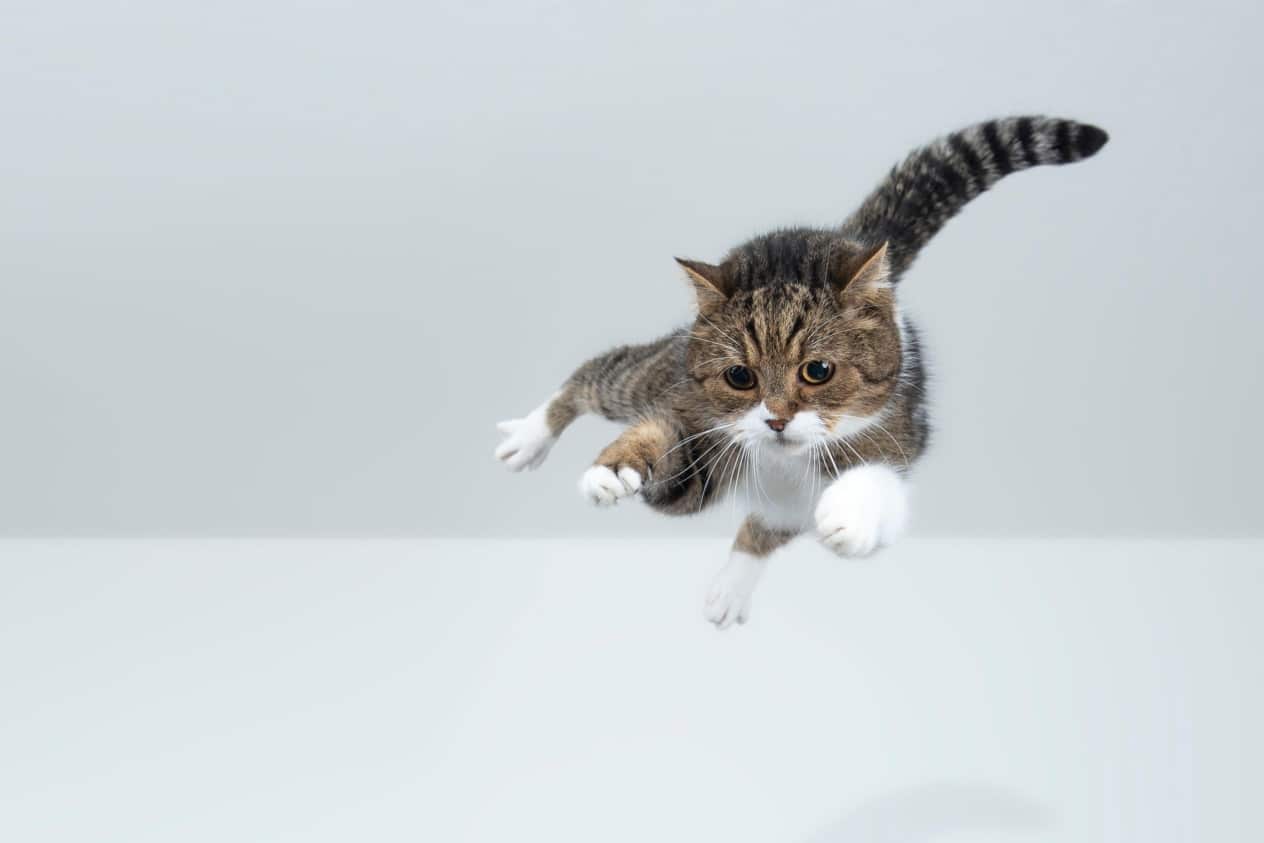
What the science and examples show
Studies from veterinary clinics have shown an interesting thing: cats that fall from higher floors (for example, from the 7th to the 10th floor) are more likely to survive and have fewer injuries than those who fall from the second or third floor. This is explained by the fact that after a certain height, the cat has time not only to roll over, but also to relax its body and prepare for the impact, thus minimizing the damage.
This phenomenon has even received a name – “high altitude fall syndrome in cats”.
Conclusion
Cats do have an amazing ability to fall on their feet, and this ability helps them survive even in difficult situations. However, this is not magic, but the result of their body flexibility, lightning-fast coordination and perfect rollover reflex. Although sometimes they can’t completely avoid injury, their ability to control themselves in the air is a true miracle!
So the next time you see your kitty jumping from a high cupboard and landing flawlessly on his feet, know that you are looking at a little acrobatic master, a creation of nature that has outsmarted even the laws of gravity!


